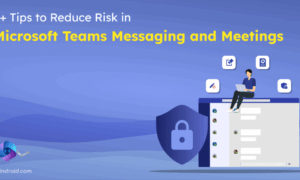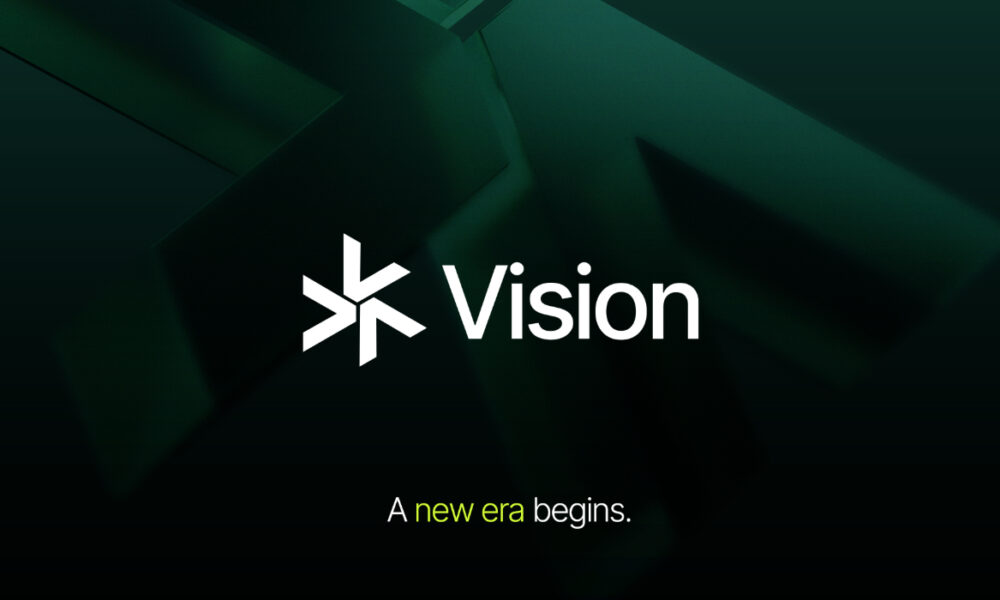It didn’t happen overnight. No press release announced it. But somewhere between the hype and the headlines, artificial intelligence stopped being the “future” and just became… part of the infrastructure. Not flashy. Just real. Useful.
These days, if you’re running a digital business and not thinking about how AI fits into your pipeline—whether that’s product, marketing, support, or logistics—then yeah, you’re probably already a step behind.
There’s a reason so many companies are leaning into ai development services. And no, it’s not just to sound impressive in investor meetings. It’s because they’ve figured out something most folks haven’t: AI isn’t a nice-to-have anymore. It’s the new plumbing.
Let’s talk about what that actually looks like.
AI in Digital Business: Less Sci-Fi, More Real Work
Forget the humanoid robots and sentient assistants. In the trenches of digital business, AI is far less glamorous—and far more powerful.
We’re talking about small, specific tools that are incredibly good at doing one thing. Sorting thousands of customer support tickets by urgency. Predicting which product is likely to be returned. Automatically adjusting ad spend when a campaign starts tanking. Stuff no human team could do at that scale or speed.
But here’s the catch: most of it is invisible to the customer. And that’s the point. The best AI doesn’t scream for attention. It just works.
Case Study #1: Personalization That Doesn’t Feel Creepy
There’s this e-commerce brand—we won’t name names—but they quietly started using an AI recommendation engine trained not just on purchase data, but on browsing patterns and time of day. Yes, time of day.
Turns out, people shop differently at 11 AM vs. 11 PM. Obvious? Maybe. But when their system started suggesting late-night deals and bundles tuned to “impulse buy” mode, their conversion rate jumped. By double digits.
They didn’t need a new site. Just smarter logic behind the scenes.
Case Study #2: Predicting Churn Before It Happens
A mid-sized SaaS company—again, under the radar—used AI to look at subtle user behaviors: drop-off points, time spent in-app, frequency of logins. From this, the system flagged accounts that were silently slipping away.
No survey. No dramatic cancellations. Just little signs of disengagement.
Their sales team got alerts. They reached out with personalized check-ins. Sometimes just a “Hey, noticed you haven’t used feature X in a while—want a quick walkthrough?” And bam, re-engagement.
Their churn rate dropped by 15% in one quarter. Just from knowing before the user hit unsubscribe.
AI Isn’t Magic. But It’s Damn Good at Patterns
Let’s be honest. A lot of AI talk is nonsense. Buzzwords. Empty promises. But at its core, AI is just a pattern machine.
Feed it enough data—clean, relevant data—and it’ll start to see what humans miss. Trends. Risks. Tiny optimizations that stack up over time.
And that’s where digital businesses win. Not with moonshots. With consistent, compounding improvements across everything they touch.
Marketing. Customer service. Logistics. Fraud detection. You name it.
Practical Areas Where AI Is Actually Making Money
Okay, here’s the meat. Let’s skip the academic talk and dig into where AI is driving revenue in real-world digital businesses.
1. Smarter Ad Campaigns
No one wants to babysit a Google Ads dashboard at 2 AM. AI can pause underperforming ads, adjust bids, reallocate budget—all automatically. Faster than your marketing intern, and it doesn’t ask for Fridays off.
2. Dynamic Pricing
Airlines have been doing this forever. But now small online retailers can too. With AI watching demand, seasonality, competitor moves—prices can shift dynamically. You don’t need to lower prices across the board. Just where it matters.
3. Inventory Optimization
Too much stock? Wasted money. Too little? Lost sales. AI can balance that dance like a pro. One apparel brand used machine learning to adjust restocking schedules based on predicted trend spikes. Result? Fewer discounts, more full-price sales.
4. Automated Lead Scoring
Imagine your sales team only talking to leads actually ready to buy. AI can analyze behavior—emails opened, links clicked, content consumed—and assign a score that reflects real intent. Your reps don’t waste time. Your close rate goes up.
The Quiet Revolution in Customer Experience
People talk a lot about “CX” like it’s some shiny new toy. But most customer experience wins are pretty boring when you zoom in.
Answering questions faster. Anticipating needs. Being in the right channel at the right time.
AI helps with all of that, but without replacing the human touch. The smart companies don’t let bots pretend to be people. They use bots to support people. To handle the 80% of stuff that’s predictable, so humans can focus on the 20% that’s not.
Common Missteps to Avoid (Because Not All AI is Smart)
Alright, time for a reality check. Not every AI implementation works. In fact, a lot of them flop. Why? Because people treat it like a magic button instead of a tool.
Here’s what to skip:
- Throwing AI at the wrong problem. Just because something canbe automated doesn’t mean it should
- Forgetting the data. Garbage in, garbage out. You need good data to get good results.
- No human fallback. Please, don’t trap users in a bot loop. Always offer a way out.
- Set it and forget it. AI needs monitoring. It learns, but it also needs boundaries. Left unchecked, it can go rogue. (No joke.)
What About Ethics? (Yeah, Let’s Go There)
If you’re building AI into your business, you’re also taking on responsibility. Because now you’re not just shipping code—you’re making decisions that affect real people.
Bias is real. Transparency matters. If you can’t explain why your AI made a decision, maybe don’t let it make that decision.
And don’t be creepy. Just because you can predict someone’s next move doesn’t mean you should flaunt it.
Building or Buying? The Eternal Question
Should you build your own AI tools in-house, or use external ones?
Here’s the short answer: if AI is your product, build. If AI supports your product, buy or partner.
Custom AI development is expensive, messy, and time-consuming. But it can be worth it—if it’s core to your value. Otherwise, trust specialists who live and breathe this stuff.
(And yeah, if you go that route, pick your ai development services carefully. Not all vendors are built the same.)
What Comes Next?
So where are we heading?
Smarter everything. Not necessarily bigger. Not necessarily more dramatic. Just… more seamless.
- AI that adjusts your homepage layout based on user behavior? Already happening.
- Voice interfaces for enterprise software? Coming faster than you think.
- Predictive everything—from support tickets to staffing levels? Practically here.
The big shift? Businesses won’t notice they’re using AI. It’ll just be part of the operating system.
A Quick Gut Check Before You Jump In
Still thinking about using AI? Ask yourself these:
- What’s the actual problem I’m trying to solve?
- Do I have enough clean data?
- What happens if the AI gets it wrong?
- Who’s responsible for the outcome?
If you can’t answer those without squinting, pause. AI isn’t a flavor. It’s a commitment.
Final Thoughts
AI isn’t a moonshot anymore. It’s infrastructure. Quiet, powerful, invisible infrastructure that makes good businesses sharper, faster, more adaptive.
You don’t need to bet your whole company on it. But ignoring it? That’s probably already costing you.
The trick isn’t to chase the shiniest tools. It’s to know why you’re using them. And then get out of the way while they quietly change everything.



































